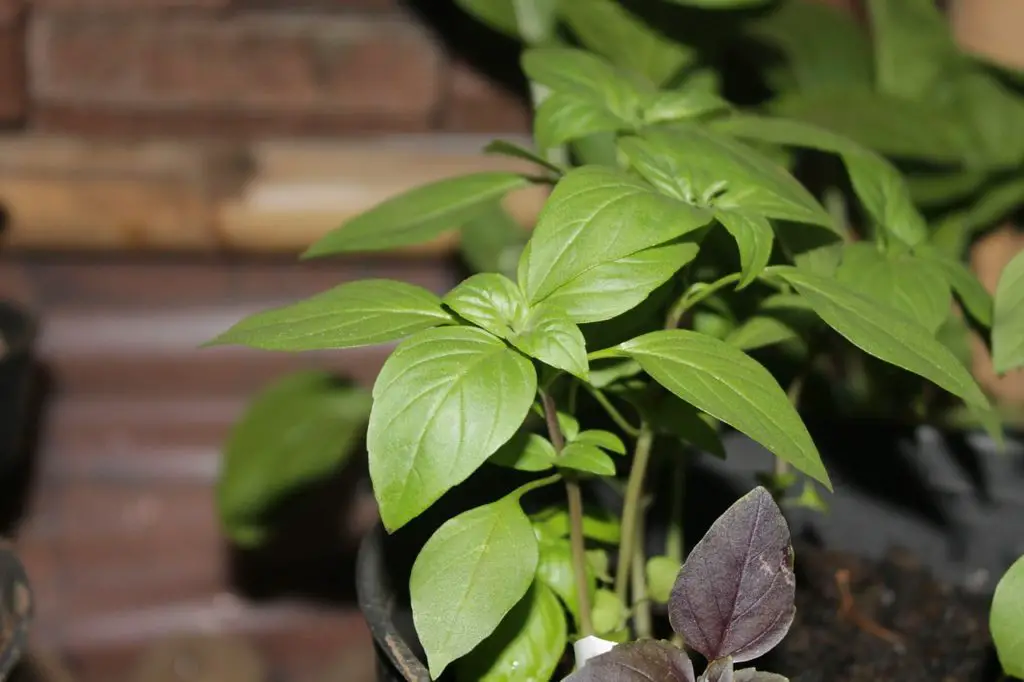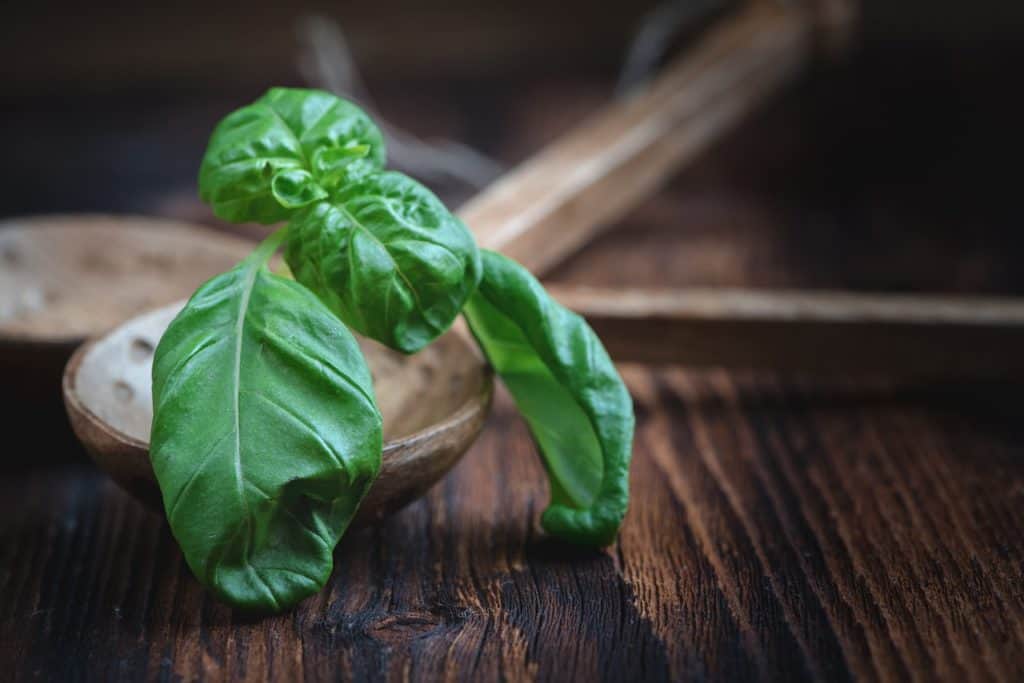
If you’re a basil lover, you know there’s nothing worse than a wilting plant. But don’t despair! In this blog post, we’ll show you how to revive your basil and get it back to its healthy self.
Basil is a delicate plant, and it doesn’t take much for it to start wilting. The first step is to identify the signs that your basil is wilting. These include yellowing leaves, dry soil, and drooping stems. Once you’ve determined that your plant is indeed wilting, the next step is to figure out why. There are three main reasons for a wilting basil plant: overwatering, not enough light, and poor drainage.
Why Does Basil Wilt
When a basil plant begins to wilt, it’s sending a distress signal that something is amiss in its environment. Common culprits include inconsistent watering—either too much or too little—leading to root distress. Overwatering can suffocate roots and cause root rot, while underwatering leaves the plant dehydrated. Additionally, excessive heat or insufficient sunlight can stress the plant, as can a lack of essential nutrients if the soil is depleted. Pest infestations or diseases might also be weakening your basil. Addressing these factors with careful observation and adjustment can help rejuvenate your wilting basil, restoring its lush vitality.
Root Rot
Drooping basil plants often fall victim to root rot, a disease predominantly triggered by water-related issues such as overwatering or soil with inadequate drainage. To combat this, allow the soil to dry modestly between waterings, avoiding both waterlogged and parched conditions. For potted basil, it’s crucial to ensure complete drainage post-watering, and prevent the pot from sitting in stagnant water, as these practices help safeguard the roots from decay and restore plant vigor.
Fusarium Wilt
A sudden onset of droopiness in young basil plants can often be traced back to fusarium wilt, a formidable fungal adversary. This disease stymies growth, leaving plants with a wilted demeanor, and can prompt leaves to turn yellow or adopt a peculiar cupped shape before falling off. Navigating fusarium wilt is challenging, as it can linger in the soil for up to a decade. In cases of suspected infection, it might be necessary to begin anew with healthy plants in a new spot. Preventative measures are paramount; opt for disease-resistant varieties and ensure any basil seeds are certified as fusarium tested.
Leaf Spots
When your basil plant exhibits wilting alongside brown, soggy patches on its foliage, it’s likely grappling with leaf spot, a condition caused by fungal invaders. At the earliest hint of this ailment, it’s wise to excise the compromised leaves. For disease deterrence, direct your watering efforts to the plant’s base, steering clear of sprinklers or sprays that moisten the leaves. In cases where the infection is mild, applying a fungicidal solution can be an effective remedy to restore your basil’s health.
Pests
Pests like aphids and spider mites pose a threat to basil by draining its vital sap, leading to limp foliage. Combat these invaders effectively with an insecticidal soap spray, adhering closely to the usage instructions. It’s crucial to avoid applying the spray during peak sunlight or in extreme heat above 90 degrees F (32 degrees C), as this can harm the plant further. Timely and proper application can help safeguard your basil, ensuring it remains vibrant and healthy.
How To Prevent Wilting Basil
Understanding why your basil leaves wilt is crucial, and addressing this requires both corrective and preventative measures. Begin by assessing soil moisture; if the top inch is dry, water your basil, ensuring water drains freely from the pot, but avoid wetting the leaves. Aim for soil that’s consistently moist, not soggy. Adjust your watering routine to the plant’s needs, which might vary seasonally—more frequent in summer, less in winter. Consider mulching in summer to retain moisture. If the pot is cramped, lacks proper drainage, or is made from heat-retentive materials like metal or plastic, consider repotting into a spacious ceramic or clay pot with adequate drainage holes. Regular pruning, sunlight exposure, and vigilant pest and disease monitoring are also key to maintaining a healthy, vibrant basil plant.

Why Is My Indoor Basil Wilting
Indoor basil wilting can be attributed to several factors. Insufficient light often leads to weak, leggy plants, while over or under-watering disrupts root health, causing droopiness. Poor drainage or compacted soil may also contribute, as roots require air circulation. Pest infestations or temperature stress in indoor environments can further stress the plant. Addressing these issues by adjusting care routines and ensuring optimal growing conditions can help revive and maintain the health of your indoor basil plant.
Why Is My New Basil Plant Wilting
A newly planted basil’s wilt often signals distress, potentially from transplant shock—a common occurrence as it adjusts to its new environment. Overzealous watering or inadequate hydration could also be at play, alongside the possibility of root confinement or damage during planting. Ensuring gentle acclimation, consistent soil moisture, and ample space for roots to thrive can often turn the tide, revitalizing your basil to its sprightly self.
How Much Sun Does Basil Need
Basil, akin to a sunbather, luxuriates in generous sunlight, craving 6-8 hours of golden rays daily to flourish. This herb’s zest for life blossoms under the sun’s embrace, fueling its verdant growth and aromatic leaves. Ensuring your basil basks in ample sunlight is akin to giving it a ticket to thrive, painting your garden with vibrant hues of green and infusing your culinary creations with the essence of summer.
FAQ
How Do You Revive Wilted Basil
Reviving wilted basil is akin to nurturing a fading flame back to a vibrant blaze. Begin by providing consistent moisture—neither drenched nor parched—and relocating to a spot with gentle sunlight. Tender care and patience can breathe life back into its limp leaves.
What Does Overwatered Basil Look Like
Overwatered basil wears its distress like a heavy cloak, with leaves turning a sorrowful yellow, sagging as if bearing the weight of too many raindrops. Its once vibrant green vitality is drowned out by the excess, signaling a plea for moderation.

